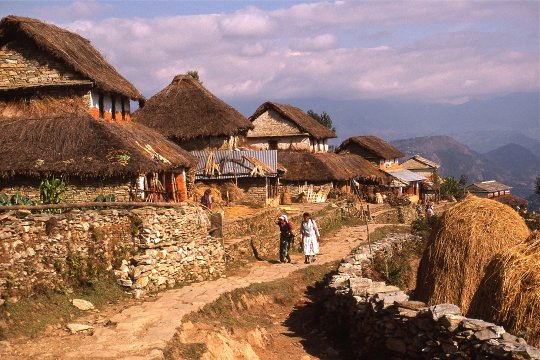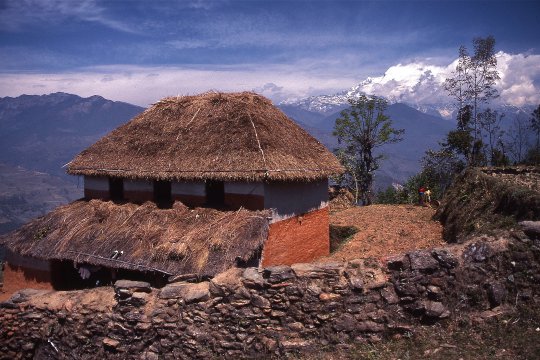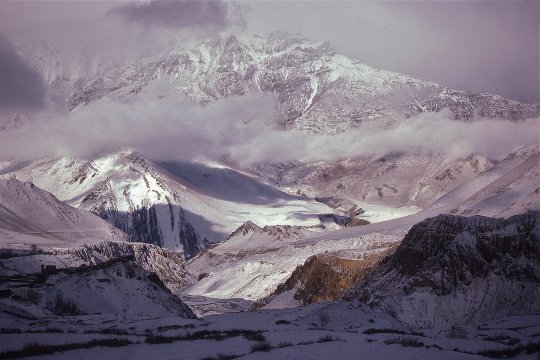|
John Tyman's Cultures in Context Series NEPAL ENVIRONMENT |
|
|
|
|
|
John Tyman's Cultures in Context Series NEPAL ENVIRONMENT |
|
|
|
|
 |
| 006. North of the Mahabharat Range lies the hill country (the Pahar zone or Midlands). It is between 60 and 100 kilometres in width and ranges in altitude from 600 to 2000 metres ASL. |
 |
| 007. Bounded my mountain ranges on the north and south, it is the heartland of Nepal and half of the nationís population lives here. [Video Extract 01] |
 |
| 008. The Himalayas, which tower over the Midlands, include 10 of the 14 peaks in the world which are 8000 metres or more in height -- and eight of them lie within Nepal or on its border with China. |
![]()
Text, photos and recordings
by John Tyman
Intended for Educational Use
Only.
Contact Dr. John Tyman at johntyman2@gmail.com
for more information regarding
licensing.
![]()
www.hillmanweb.com
Photo processing, Web page layout,
formatting and hosting by
William
Hillman ~ Brandon, Manitoba ~ Canada